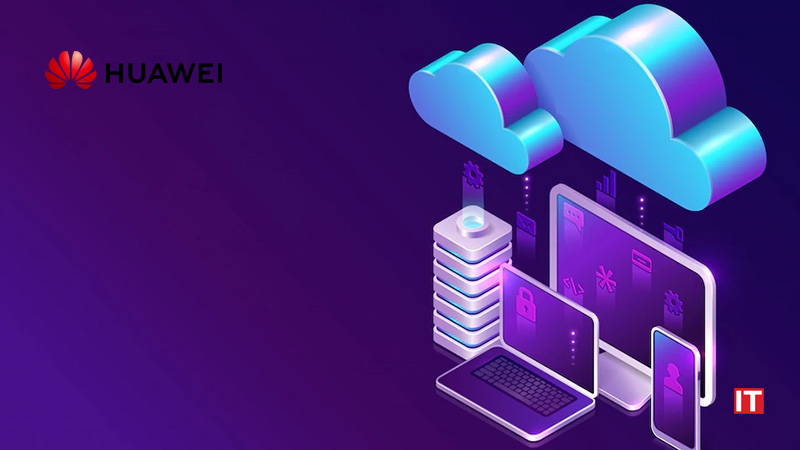Recently, 5G Core Summit 2022, hosted by Informa Tech and co-hosted by Huawei, was successfully held in Bangkok, Thailand. At the summit, Richard Liu, President of Huawei Cloud Core Network Product Line, delivered a keynote speech titled Evolving to 5.5G Core, from Connectivity to Service Enablement.
In recent years, 5G technologies have demonstrated astounding growth and as more application scenarios and metaverse applications emerge, the development of 5G is gaining even further momentum in the first wave of 5G markets. The powerful 5G network brings significant value with positive signs for its commercialization potential.
Also Read: Custom Health Marks Five Years of Digital Healthcare in Toronto
However, the rapid pace of development also poses greater requirements on the capabilities of the network, and therefore, 5G networks need to be continuously evolving and improved. Huawei is the first to propose the concept of 5.5G Core, aiming to comprehensively enhance network connectivity, move away from connectivity-based development to full-service enablement, and collaborate with industry partners to advance towards an intelligent world.
New Calling: In the voice sector, 5.5G Core offers enhanced mobile network calling capabilities, upgrading the calling service experience from audio/video calling to intelligent and interactive communication. As a result, calling services can serve as not only a bridge for communication, but more importantly, a capability platform for telecom operators to roll out new services. New Calling leverages interactive data channels that are built upon the IMS to reshape the media plane. It provides a platform for operators to develop innovative calling services, helping upgrade calling services from conventional audio/video calling to UHD, intelligent calling, and then to interactive calling, elevating calling services to an entire new level.
MEC to X: Based on “5G + MEC”, 5.5G will become an incubator for industry innovation, which may bring a huge boost to new application scenarios and services. At present, the application of 5G MEC has been broadly stretched out, from single-domain to dual-domain, from LAN to WAN, from campuses to industry fields, and from connectivity to “connectivity + computing”. In addition, the 5G MEC network architecture is evolving towards hyper-distribution and full connection, and MEC networks will further extend to campuses, production lines, and field networks. Coupled with data, operation, information, communication technology (DOICT) convergence, 5G MEC can be leveraged to enhance connectivity capabilities and empower industrial production environments. All these contribute to the full connection of WANs and the ubiquitous access of private networks.
































